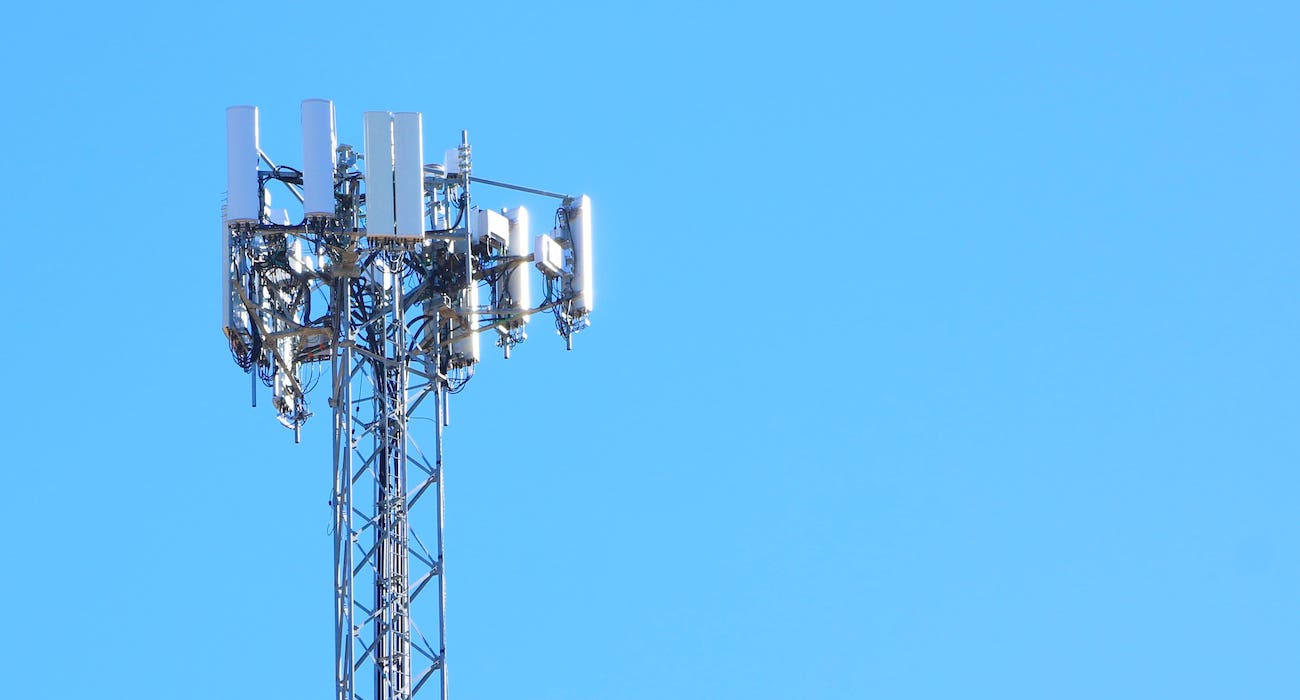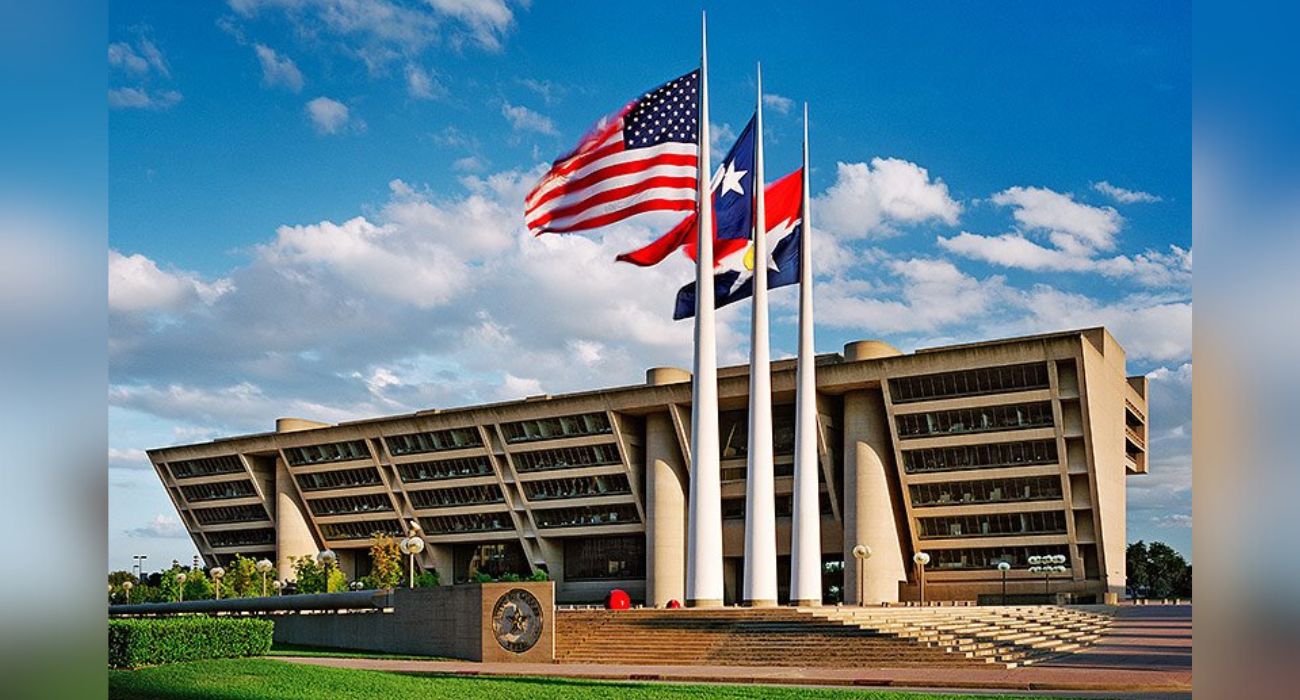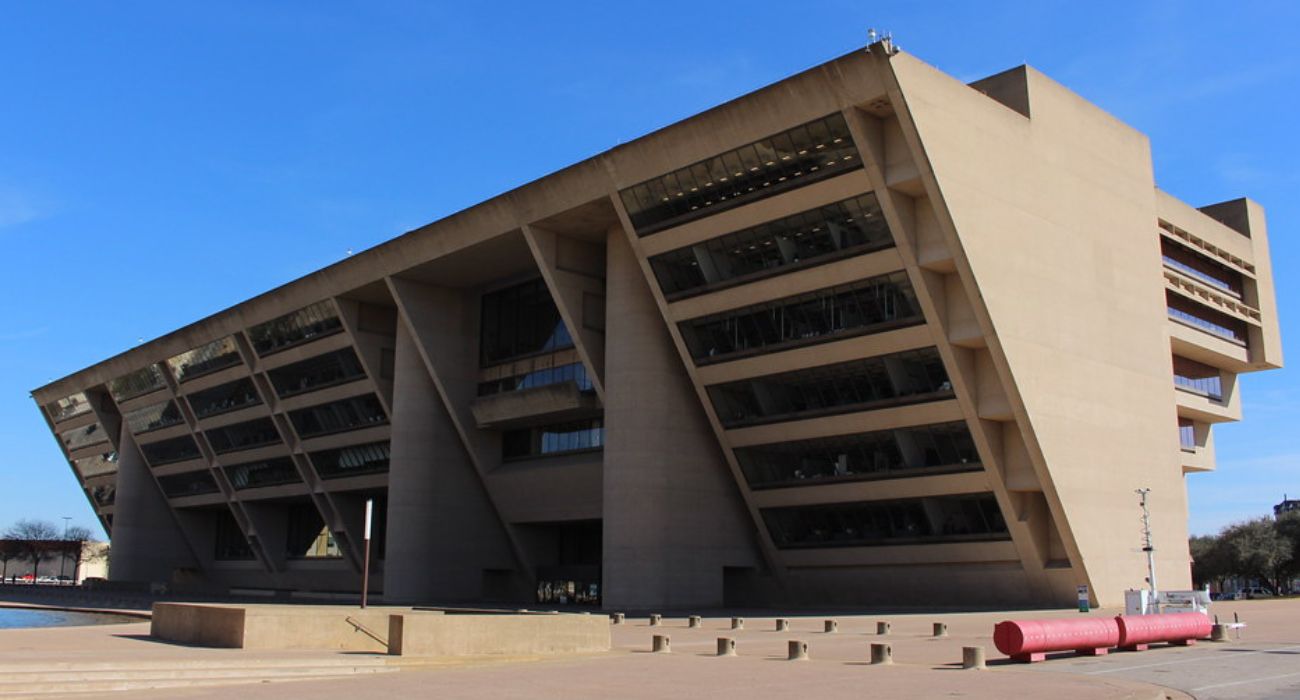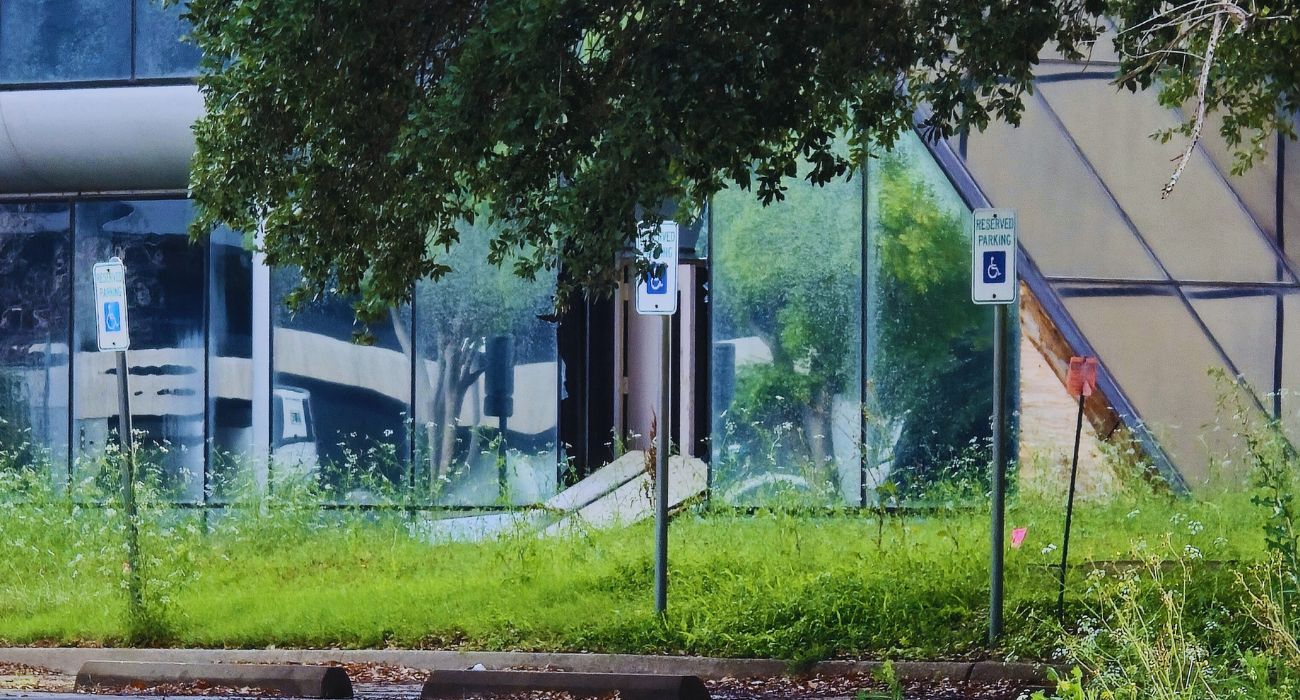Scientists out of Southern Methodist University (SMU) developed new research techniques while trying to gauge the resiliency of Dallas residents in the wake of Winter Storm Uri in 2021.
Winter Storm Uri hit Texas in February 2021, dropping temperatures to dangerously low levels and bringing heavy snow and ice accumulation across the state. The storm has become notorious for its role in overwhelming the state power grid, leaving millions without power, some for days.
The Texas Department of Health and Human Services reported that 246 people died across 77 counties due to storm-related incidents, as previously reported by The Dallas Express. The Texas Comptroller reported in October 2021 that the Federal Reserve Bank of Dallas estimated that financial losses due to the storm would range from $80 billion to $130 billion.
Nicos Makris, along with his colleagues in SMU’s Department of Civil and Environmental Engineering, published their research in Royal Society Open Science on March 8. The researchers approached their project by analyzing anonymous cellphone data and the movement of citizens during the storm.
They made use of supercomputers to apply resiliency models — typically used to understand how buildings react to stress from earthquakes — to anonymous cellphone mobility data. The researchers then tested the model to see what it could glean from weather disturbances like Winter Storm Uri, predicting that people would remain close to their homes during the event but would resume normal behavior afterward.
Makris told The Dallas Morning News that he first tested the model Dallas because it is his home city.
Data received during the test matched what was gleaned from cellphone data during the storm, prompting the researchers to conclude that Dallas residents proved “inherently resilient within the context of engineering resilience.”
Dallas’ assistant emergency management coordinator, Travis Houston, said the model demonstrates value in its unique approach but noted its limitations.
“The way that a cellphone is moving … is really highly dependent on whose pocket it’s in,” said Houston, according to The Dallas Morning News.
However, Houston said that the model could serve as a “benchmark” in developing responses for when similar weather events strike communities.
Ali Mostafavi, an urban resilience researcher at Texas A&M University, also praised the innovation provided by such a model but suggested that the circumstances surrounding Winter Storm Uri were “unique” and that other kinds of natural disasters in different settings could yield significantly different outcomes, according to The Dallas Morning News.







Trackbacks/Pingbacks